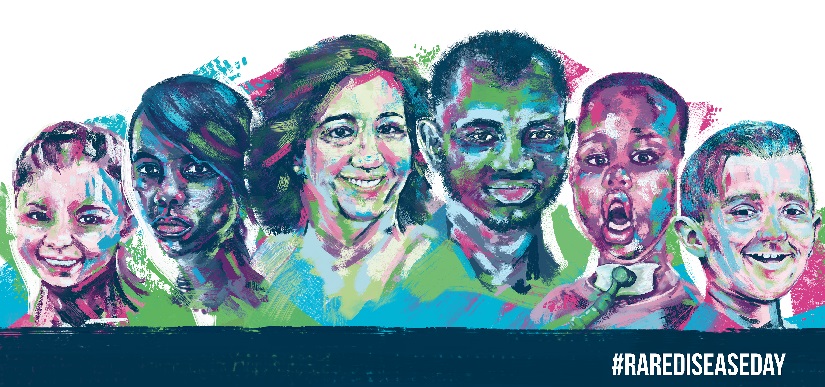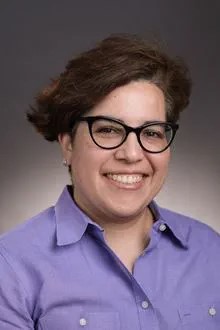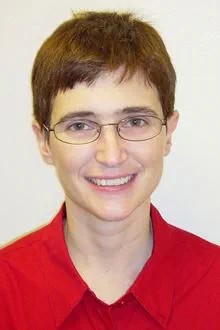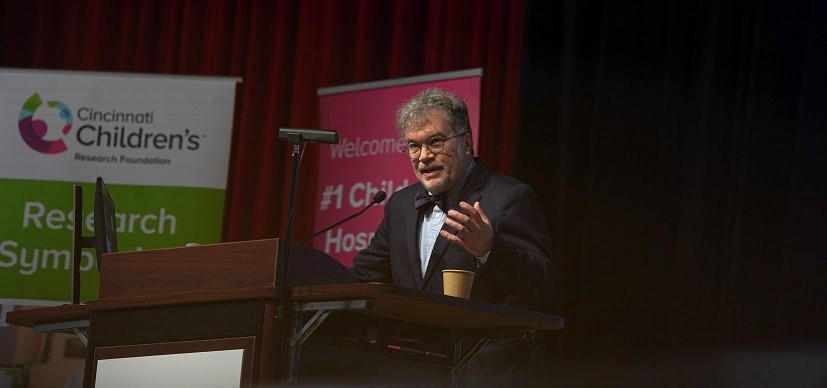Rare Disease Day: More Tools for Solving Diagnostic Mysteries
Post Date: March 1, 2021 | Publish Date:

Post Exome Clinic and Center for Mendelian Genomics and Therapeutics at Cincinnati Children’s help families find answers while supporting research and innovation
It’s a journey that no parent wants to travel: the diagnostic odyssey…that time from when they notice something wrong with their child until they have a definitive diagnosis. In rare diseases, especially those with a genetic basis, that odyssey can last months or even years.
Cincinnati Children’s now has two avenues to help shorten the time to diagnosis: its two-year-old Post Exome Clinic and its brand new Center for Mendelian Genomics and Therapeutics.
The first focuses clinically on individual patients and families, while the second integrates a research component into the process to facilitate discoveries that could advance treatment of a rare disease for an individual patient or more broadly.
Together, they are powerful tools in Cincinnati Children’s quest to use genomics to improve the lives of children, especially those who are difficult to diagnose.


According to the National Institutes of Health, there are 7,000 rare diseases, and, of those, 72 percent are genetically based. One key tool used to give a genetic diagnosis is whole exome sequencing, but, on average, this method produces a definitive diagnosis only about half the time.
Post Exome Detectives Chase Diagnostic Clues
“In the Post Exome Clinic, we use clinical and research tools to try to find a diagnosis,” says Loren Pena, MD, PhD, a geneticist at Cincinnati Children’s who leads the Post Exome Clinic and co-leads the Center for Mendelian Genomics and Therapeutics with Rolf Stottmann, PhD. “Sometimes that means backtracking through all the testing to see if anything has been missed. Other times we look more closely at the VUSs (Variants of Unknown Significance) and test other family members to see what we can come up with.”
Cincinnati Children’s Post Exome Clinic examines about 12 cases each year, and has a success rate of diagnosing 23 percent of those cases. This is more than double the average national rate of about 10 percent, Pena says.
New Center Dives Into Genetics of Rare Diseases
One of the most exciting developments in diagnosing and treating rare diseases is the new Center for Mendelian Genomics and Therapeutics (CMGT) that gives funding to Cincinnati Children’s researchers to help them explore aspects of rare genetic diseases. ‘
CMGT is the vision of John Hogenesch, PhD, interim chair of the Division of Human Genetics at Cincinnati Children’s. He used grant funding to create the center with the goal to facilitate the pipeline from patients with rare or undiagnosed diseases through discovery and interventional treatment strategies.
The clinicians and researchers at the center work with patients identified from all specialties across Cincinnati Children’s. The team sequences patients or cohorts of patients or develops animal and cell models for rare or undiagnosed patients to prove causality or find therapeutics. In addition, the center supports the development of new methodologies and tools to assess hard-to-diagnose patients.
Theodosia Kalfa, MD, PhD, Professor and Co-Director of the Erythrocyte Diagnostic Laboratory at Cincinnati Children’s, received funding from CMGT to develop a mouse with congenital dyserythropoietic anemia type I (CDA-I) to better understand the mechanisms and molecular pathways of the disease’s development. CDA is group of rare genetic disorders characterized by chronic anemia, iron overload, and the distinctive finding of multinucleated erythroblasts in the bone marrow.
Four years ago, Kalfa started a registry of CDA cases in North America. 53 patients from 46 families have enrolled so far, showing that CDA is a very rare disease.
“In CDA, the developing red blood cells are abnormal, so when we learn how the process works, we might learn more about other more common blood diseases, like sickle cell anemia,” she says.
The funding from the CMGT will allow Kalfa to develop mouse models with a missense mutation of one of the known six genes that cause CDA, to understand the molecular mechanisms that lead to developing the disease. The mutant mouse will also help with understanding potential therapeutics.
Interferon can help patients with CDA-I become independent of needing frequent blood transfusions.
“That was discovered in the ‘90s when a patient developed Hepatitis C from transfusions at the time and suddenly her blood disease became better when given interferon,” Kalfa explains. “We’d like to explore what mechanism improves with interferon. Interferon is not that benign, causing frequently flu-like side effects. We’d like to see if we can find a more targeted medication without the side effects.”
In addition to research, Kalfa sees patients in the clinic, experiencing their frustration and pain first-hand. She hopes the project she is working on with the CMGT funding will lead to a larger R01 grant that will take the research even further, possibly exploring the use of gene therapy or CRISPR gene editing to help find a treatment or cure for patients.
“It’s amazing how fast things have changed with advances like targeted therapeutics, gene editing and gene therapy. This gives patients a lot of hope,” Kalfa says. “They often have to teach their doctors about the disease,” Kalfa says. “They would like if it could become more well–known and better understood.”
And, it gives researchers, like Kalfa hope that her discoveries might have a far-reaching impact. “All rare diseases give clues about common diseases, as well.”
Read more about how experts at Cincinnati Children’s tackle rare diseases.






